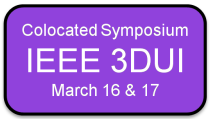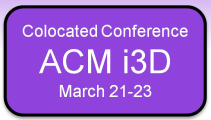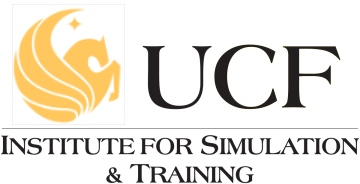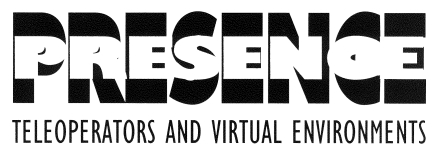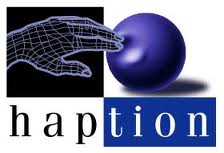- Home
- Program
- Presenter Info
- Call for Participation
- Venue
- Registration
- Committees
- Past Conferences
- IEEE 3DUI 2013
- ACM i3D 2013
[PN-001] Virtually face-to-face: Telecommunication and collaboration using Virtual Reality
One of the major challenges of technology today is to enable coworkers to collaborate across large distances. Audio and video conferencing technology enables people to communicate, but is a video conference the same experience as sharing a space with someone, face-to-face? VR enables people to share a space and interact, with applications such as collaborative visualization, design, urban planning, or social interaction. Until recently, however, VR has been missing the necessary ingredients to bring collaboration alive. Research has shown the importance of having a virtual body (Slater et al., 2010), and that the body moves in real time, corresponding to the movements of the user (Dodds et al., 2011). New systems have been designed that incorporate advances in scene capture and motion tracking with low-cost hardware, that render an augmented 3D multi-view environment for persons at a remote location (cf. Beck et al., IEEE VR 2013; Dou et al. 2012). The purpose of this panel is to share and discuss how far we have come, and the major challenges that need to be addressed. The topic of collaborative interaction is broad, and we would like to cover both technical and theoretical issues. Specifically:
- VR systems and technology for collaboration
- Current prototypes of systems and applications
- Methods for scene acquisition and transfer/networking
- Interaction techniques
- Multi-view displays
- Theoretical frameworks and user studies
- Measuring usability
- Design processes
- Understanding the underlying mechanisms of telepresence and communication
- Experimental methods
The panel should provide opportunities for attendees to contribute, providing a brief outline of their own work, achievements, questions and challenges in an interactive session. The aim is to bring participants up to date with the latest developments in collaborative VR, and end with a general discussion of how to advance this field. Participants:
Participants
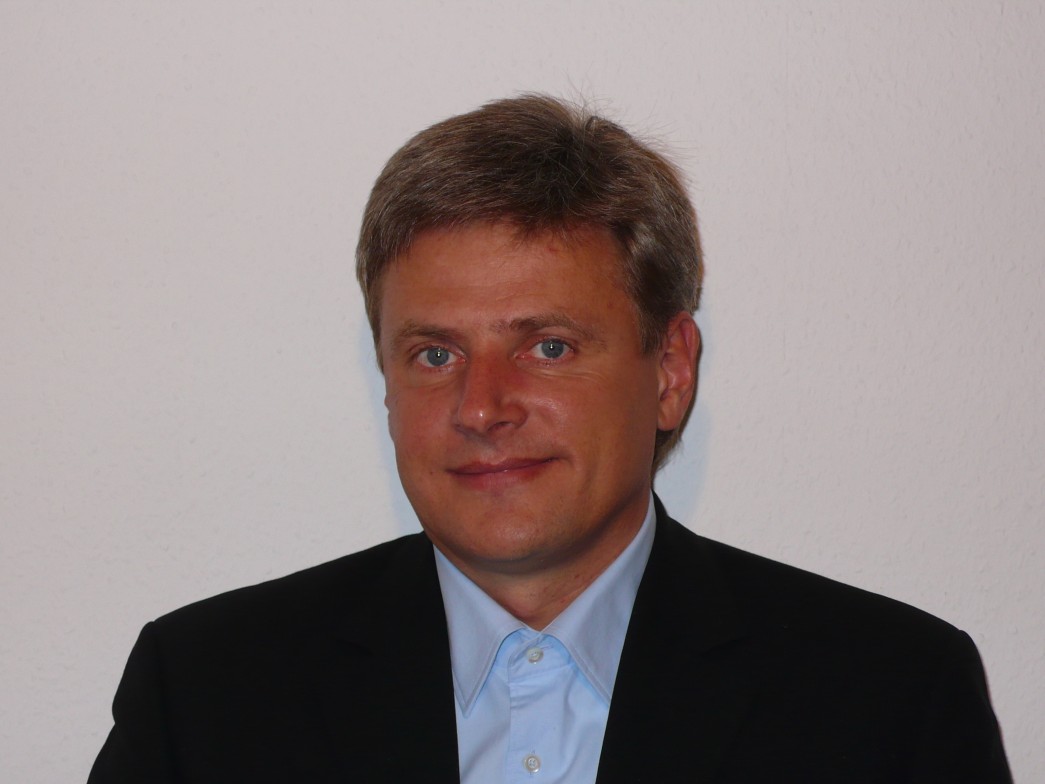
Bernd Fröhlich, Professor of Computer Science and chair of the Virtual Reality Systems Group at Bauhaus-Universität Weimar, Germany.
Bernd is a cofounder of the IEEE Symposium on 3D User Interfaces and received the 2008 Virtual Reality Technical Achievement Award. His lab has produced a number of collaborative interaction investigations, including multi-user head-mounted display systems for automotive designers (Salzmann and Fröhlich, 2008) and show-through techniques for reducing interpersonal occlusions (Argelaguet et al., 2010). His group has recently developed an outstanding collaborative VR system which combines multiple Microsoft Kinect low-cost depth sensors for scene capture and a large multi-user stereoscopic display that provides an individual head-tracked view of the environment for 6 users (cf. Beck et al., IEEE VR 2013; cf. Kulik et al., 2011). The system enables groups of users to collaborate, navigate and interact with others in a shared virtual space across a network.
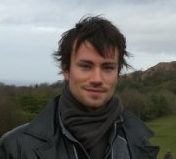
William Steptoe, Post-doctoral research fellow working in the Virtual Environments and Computer Graphics group at University College London.
William’s PhD involved developing and investigating avatar-mediated communication in immersive collaborative virtual environment systems. He has worked on bringing multi-user VR interaction to life by providing realistic eye models for avatars. Additionally, he combined real-time eye tracking with collaborative VR in the context of trust, in avatar-mediated telecommunication (Steptoe et al., 2010). William is also a member of the BEAMING project, (a European Commission FP7 ICT project, which uses mixed reality technology to bring a remote visitor to a location with high social presence (Steptoe et al, 2012). http://beaming-eu.org/)

Ilona Heldal, Professor of Computer Science, Interactive Systems, University of Skövde. Dept. of Information and Communication.
Ilona’s major contribution has been to develop a framework for evaluating collaborative systems, by combining a broad range of techniques. These include quantitative measures commonly seen represented in VR with inferential statistics, and qualitative methods from social science, approaches which are ideally suited to multi-user investigations.
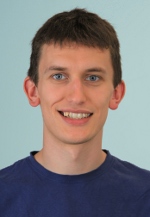
Trevor Dodds, Post-doctoral Research Scientist, Max Planck Institute for Biological Cybernetics, Tübingen, Germany.
Trevor is investigating if VR can replace the classical approach of teleconferencing, by enabling people to collaborate as if they were meeting face-to-face. Specifically, Trevor has been looking at the importance of the virtual body in collaborative VR. What difference does a body make, and how should it be implemented? His studies on body gestures have brought to light the nonverbal feedback loop in VR, and Trevor is demonstrating how VR can be used as a tool to study nonverbal communication in ways which are not possible in the ‘real world’. Trevor has previously studied group dynamics of multiple users in his PhD entitled ‘Collaborative Interaction in Virtual Environments’.
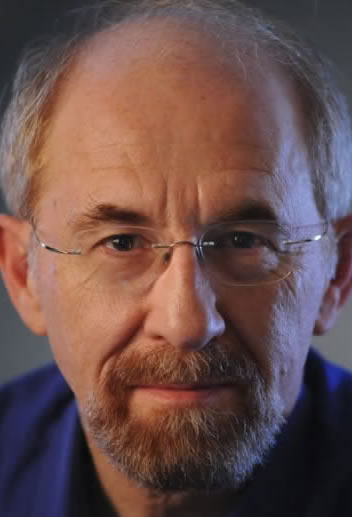
Henry Fuchs, Federico Gil Distinguished Professor of Computer Science and Adjunct Professor of Biomedical Engineering at UNC Chapel Hill.
He has been active in computer graphics since the early 1970s, with rendering algorithms (BSP Trees), hardware (Pixel-Planes and PixelFlow), virtual environments, tele-immersion systems and medical applications. Henry is working on the BeingThere International Research Centre for Telepresence and Telecollaboration (with NTU Singapore and ETH Zurich).



